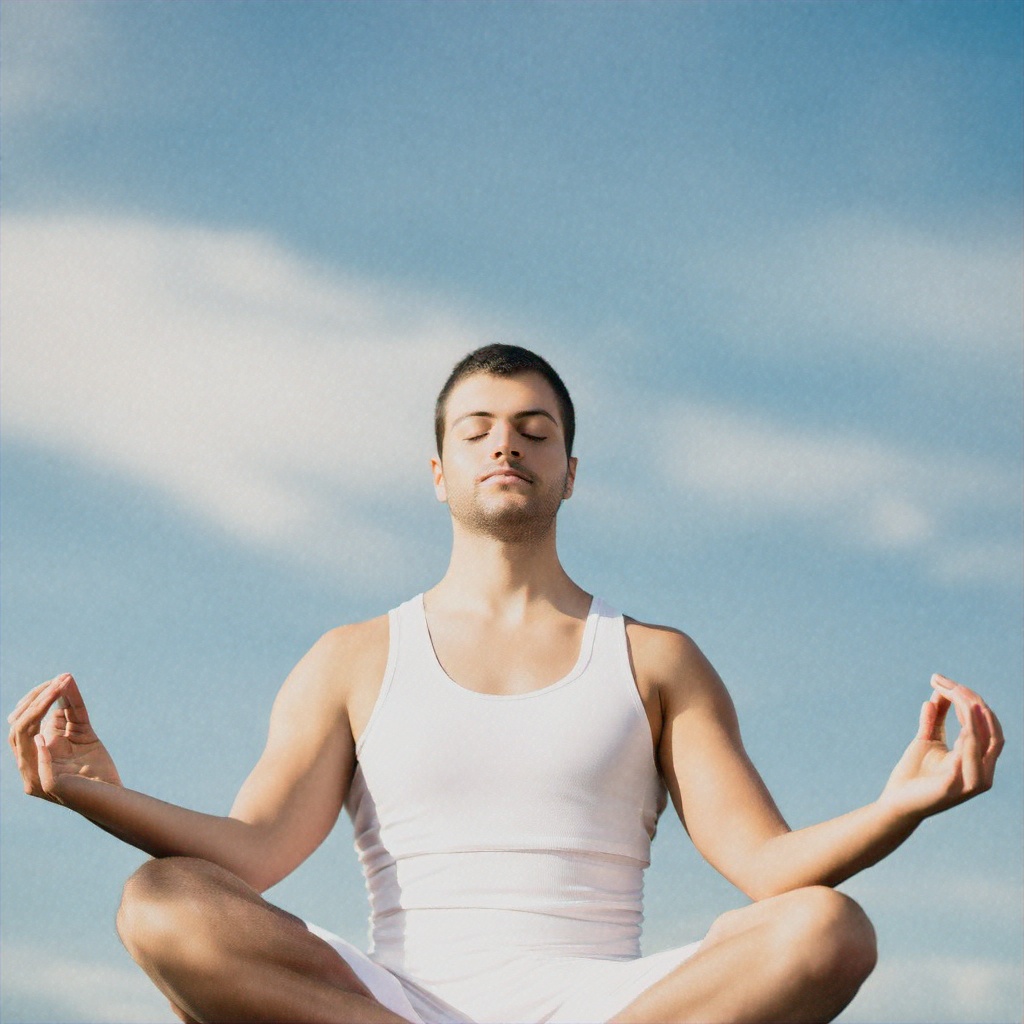So, you’re curious about the buzzwords ‘yoga’ and ‘meditation’ that seem to be on everyone’s lips these days. I’m going to help you unpack what each one is about and clear up some common mix-ups.
Let’s kick things off with yoga. It’s an age-old discipline that traces back thousands of years in India. Yoga is not just about bending and twisting the body into pretzel-like postures; it’s really a rich practice that includes ethical precepts, breath control, and the famous physical postures or ‘asanas’. I can’t tell you how many times people say oh yoga I could never do that and I immediately know this person has not really been introduced to yoga as it’s whole and rather some form of challenging postures that was too advanced for them. I hope that if you landed here on this page you can move ahead with confidence that yoga is for everyone and when you find the style you resonate with you won’t look back. For me I am sold on Yin yoga and yoga nidra for many personal reasons these two just hit the right spot.
Meditation, on the other hand, is about the mind—specifically, training it. From mindfulness practices highlighting present-moment awareness to transcendental meditation aiming for a state beyond thought, meditation comes in many stripes, but all strive to foster a sense of mental clarity and calmness.
Both yoga and meditation are known to be great for your health. Scientific studies have got your back on this, showing that these practices can enhance physical and mental well-being, and can even be a solid add-on to medical treatments. Now, while they share a common goal—promoting holistic health—they’re not two peas in a pod.
Sure, it’s easy to confuse one with the other or even think they’re the same thing. The truth is, many yoga classes incorporate elements of meditation, and some meditative practices can feel pretty yogic. But in essence, yoga is much broader, encompassing a full-body experience, while meditation is laser-focused on the mind.
Now that we’ve got a grasp on what makes yoga and meditation unique, let’s delve into how they stand apart in function and form. This is where things start to get interesting.
Distinguishing Yoga from Meditation: Functions and Forms
You’re going to find out about the key differences between yoga and meditation that can help clarify how they function independently. Yoga isn’t just a series of physical postures; it’s a comprehensive system that includes body movement, breath control, and sometimes meditative practices. It stems from an ancient tradition designed to prepare the body for longer periods of meditation by promoting flexibility and reducing physical discomfort.
On the other end, meditation is primarily concerned with the mind and consciousness. Its focus is on cultivating a state of mental clarity, emotional calmness, and heightened awareness through various techniques, including mindfulness and concentration on an object, thought, or activity to train attention and awareness.
When comparing approaches, the physicality of yoga is evident in its asanas, or postures, yin or yang, designed to tone, strengthen, and align the body. The mentality aspect is central to meditation, where the goal is to move beyond the busy thoughts of the mind and into a state of peace and stillness.
Despite these differences, yoga and meditation can complement each other beautifully. Many people incorporate elements of both in their daily practices to maximize their overall well-being. Yoga prepares the body, making it easier to sit in meditation without distraction from physical discomfort, while meditation can deepen the spiritual aspects of yoga by enhancing one’s focus and mindfulness.
As you get ready to learn how to integrate these practices into your routine, remember that understanding the distinctions is just the start. Aligning their functions to your personal needs and preferences is where the true journey begins, and that’s going to include some trial and error. You can always adjust your approach down the road as you learn more about what resonates with you.
Integrating Yoga and Meditation into Your Daily Routine
I’m here to help you with integrating yoga and meditation into your daily routine. I know that starting a new practice can be daunting, but don’t worry too much about getting everything right on the first try. Your first attempt doesn’t need to be your last, and you can always adjust your approach down the road.
Choose something that resonates with you. If you’re a morning person, consider beginning your day with a few yoga poses to energize your body followed by a short meditation session to clear your mind. Evening folks might prefer a gentle yoga sequence to unwind or some yoga nidra and then meditate to reflect on the day and relax into a better sleep.
In my opinion, balancing yoga and meditation is less about strict rules and more about listening to yourself—your body, your mind, your schedule. Some days you might have time for a full yoga class and a separate meditation practice. Other days, just a few minutes of deep breathing and mindful movement might be what you need.
And remember, throughout your journey, there’s a lot of opportunity in the challenges you’ll face. Each small step you take in practicing yoga and meditation is a move towards a more balanced and fulfilling life. I really hope that you find your unique blend that offers you peace and vitality.
If you want to delve deeper, there are countless resources available—books, online classes, and even local workshops. Just don’t focus too much on perfection. The true essence of these practices is personal growth and well-being. I’ve been loving the benefits of combining both yoga and meditation. It’s great how they complement each other, and it might just blow you away in terms of the quality of life improvement.
So my question to you today is, are you ready to give it a try? Your path to a more tranquil and healthier life awaits. Thanks for giving this a read, and I’d love to hear your feedback. Share your thoughts and experiences below, and let’s support each other in our wellness journeys.
Lauren x

